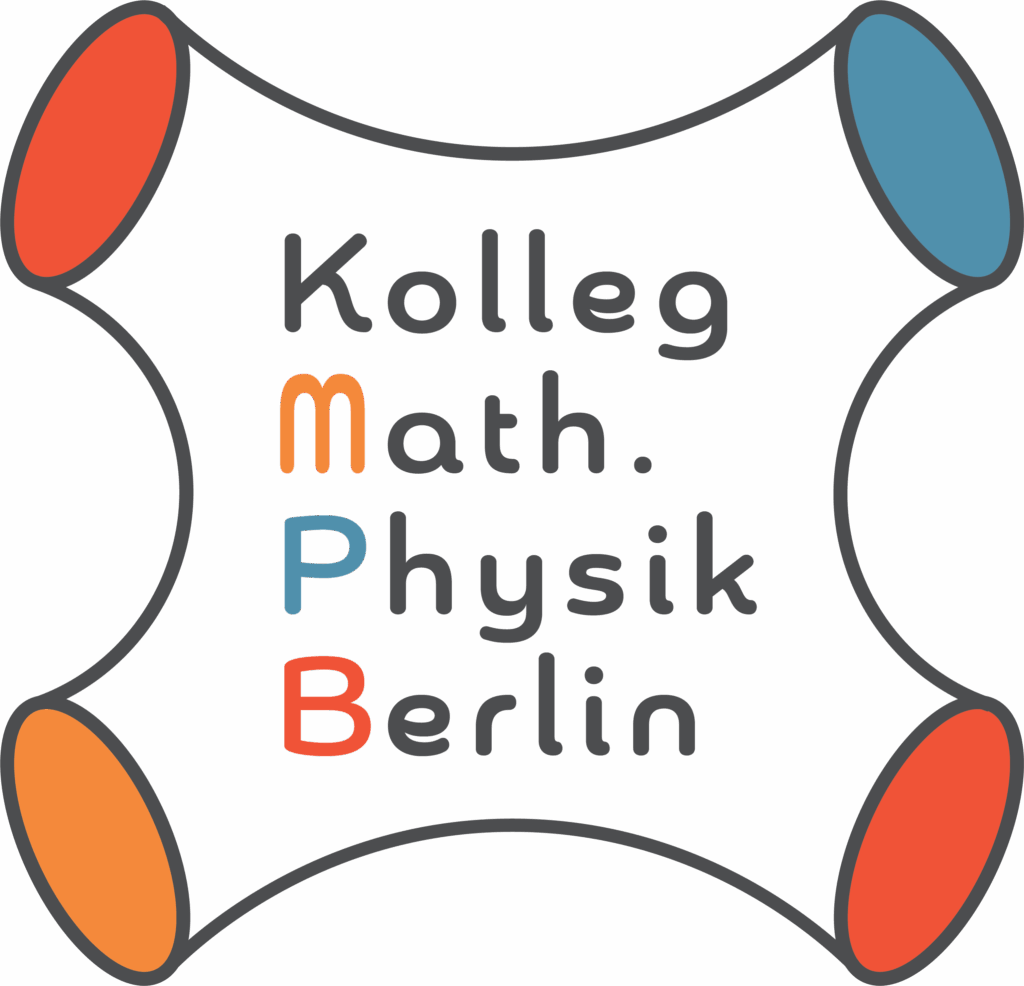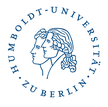
- This event has passed.
Mathematical physics seminar: TRI-seminar
16. May @ 9:00 am – 5:00 pm UTC+2
followed by the PhD defense of Giacomo Umer at 3pm.
9-10am
Paolo Rossi (Padova) – Moduli spaces of curves and the classification of integrable systems
I will present several results and conjectures on the classification of different classes of integrable systems of evolutionary PDEs, up to the appropriate transformation groups. These include Hamiltonian systems, tau symmetric systems and systems of conservation laws. I will then explain in what sense we expect that integrable systems arising from intersection theory on the moduli space of stable curves are universal objects with respect to these classifications. In the rank one case I will present strong evidence in support of these claims. This is joint work with A. Buryak.
10-11am
Danilo Lewanski (Trieste) – On the DR/DZ equivalence
There are two main recipes to associate to a Cohomological Field Theory (CohFT) an integrable hierarchy of hamiltonian PDEs: the first one was introduced by Dubrovin and Zhang (DZ, 2001), the second by Buryak (DR, 2015). It is interesting to notice that the latter relies on the geometric properties of the Double Ramification cycle — hence the name DR — to work. As soon as the second recipe was introduced, it was conjectured that the two had to be equivalent in some sense, and it was checked in a few examples. In the forthcoming years several papers by Buryak, Dubrovin, Guerè, Rossi and others followed, checking more examples of CohFTs, making the conjecture more precise, proving the conjecture in low genera, and eventually turning the statement of the conjecture in a purely intersection theoretic statement on the moduli spaces of stable curves. Lately, the conjecture was proved in its intersection theoretic form, employing virtual localisation techniques. (j.w.w. Blot, Rossi, Shadrin).
11.30am-12.30pm
Reinier Kramer (Milano Bicocca) – Leaky Hurwitz numbers and topological recursion
Leaky Hurwitz numbers were introduced by Cavalieri-Markwig-Ranganathan by extending the branching morphism from the logarithmic double ramification cycle to its pluricanonical counterpart. These numbers also have a natural interpretation in terms of tropical geometry and yield (non-hypergeometric) KP tau functions.
I will explain how to think about these numbers, and how we can extend the recent works of Alexandrov-Bychkov-Dunin-Barkowski-Kazarian-Shadrin to prove (at least blobbed) topological recursion. Along the way, I will interpret the cut-and-join operator as a hamiltonian whose flow generates the spectral curve. This is joint work in progress with M. A. Hahn.

